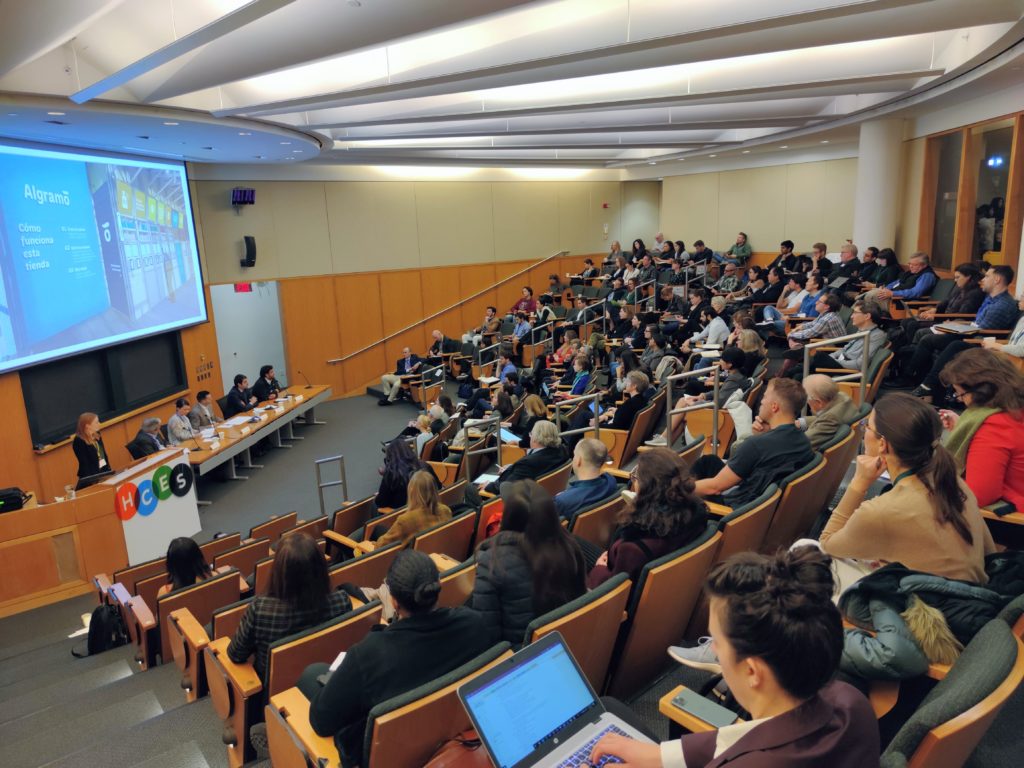By now everyone hopefully is aware of the COVID-19 virus and most of us are learning how to really work from home, not for a day or two, but possibly for several weeks. We are all bombarded with various advice and resources for remote working, remote teaching, remote meetings etc. We are becoming finally proficient at using the various remote connection tools: Zoom, Microsoft TEAMS, Go-to-Meeting, WhatsApp, Skype, Messenger, Twitter, and even dreaded FB … We’re also beginning to realize that the internet connection and available bandwidth is a real part of “infrastructure” and as important as power, water, and even perhaps the roads, and bridges that we are currently not using.
For the first time we are becoming aware that scarcity in such a crisis goes beyond toilet paper and canned foods to include this precious resource called bandwidth. In a recent TEAMS call with 30-40 participants, when I suggested to switch off our videos to preserve bandwidth, everyone immediately understood and acted.
We seem to be learning to accept the realities of working from home: a kid barging on your meeting, a partner handing you a cup of coffee, and sometimes a colleague having a “bad hair day”. We’re much more accepting of these domestic events because for the first time, we are all in the same situation.
So, what is there to do beyond remote meetings and binging on TV or Netflix? There is no doubt that this crisis will be severely disrupting to our economy. Government help might be coming but we need to do our part. First and foremost by taking care of our family, neighbors, and communities. Second, we need to think sharply about coming up with constructive alternatives to many in-person functions that are now disrupted. Some parents trying to homeschool young children are despairing. Can their school teacher organize alternative virtual classes to assist? Design companies are standing idle and considering layoffs. Could there be a serious training opportunity on new and complex design software? Could they support increasing the production of materials needed by healthcare providers on the frontlines of fighting the virus?
The social distancing, self-isolation and shelter-in-place measures will hopefully flatten the dispersion curve of the virus. If we put our minds to finding virtual alternatives that are useful and productive, we may perhaps flatten the curve of the economic and social shock that will follow the pandemic.
